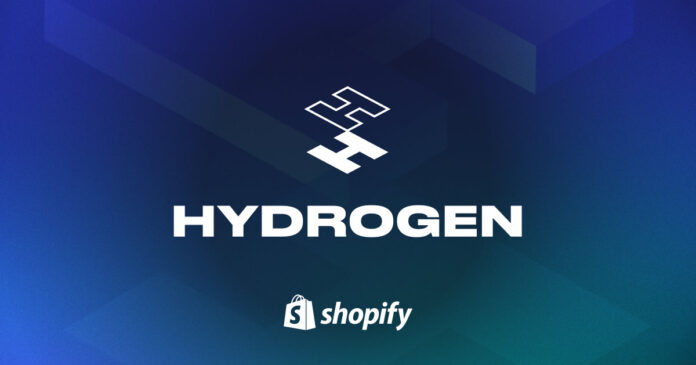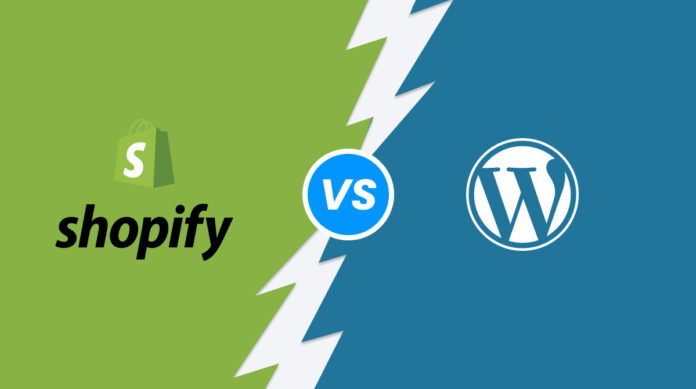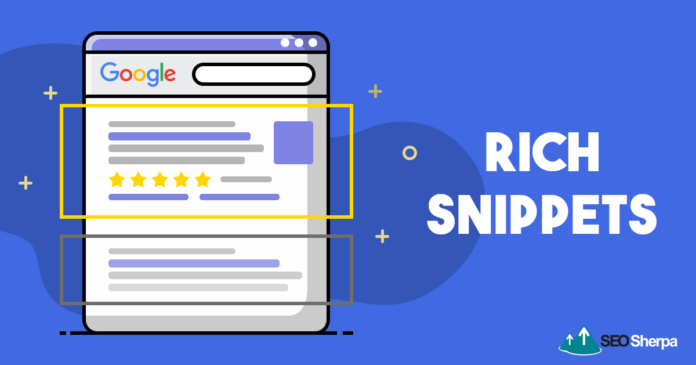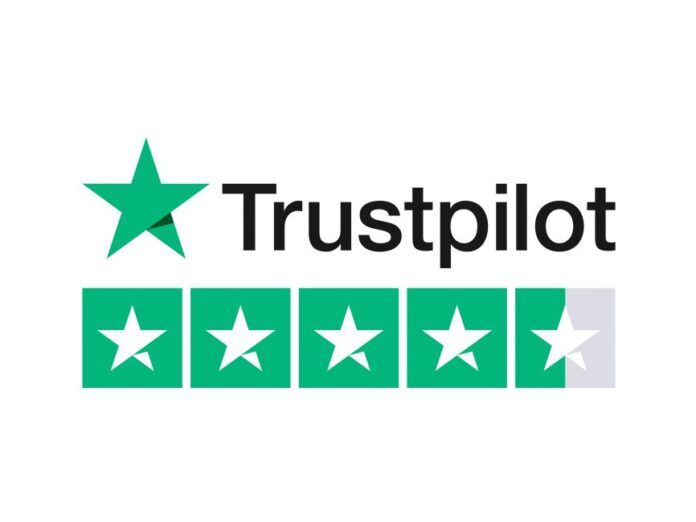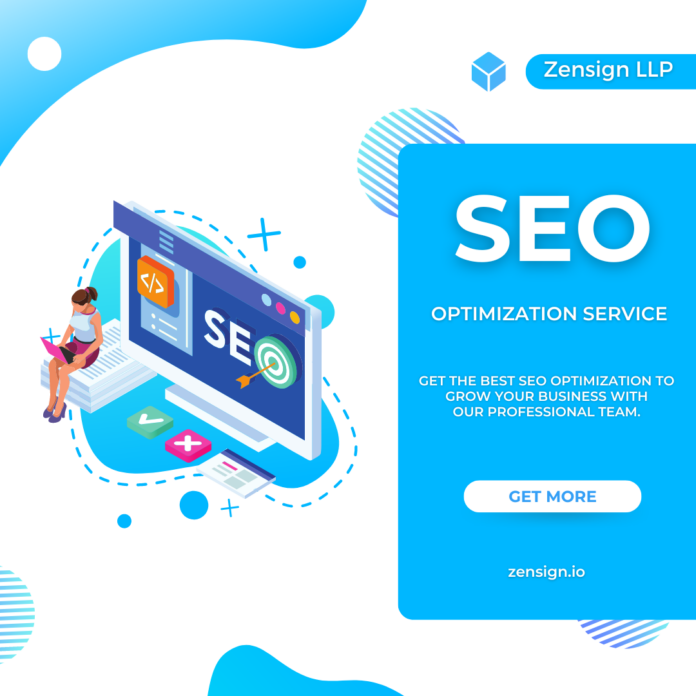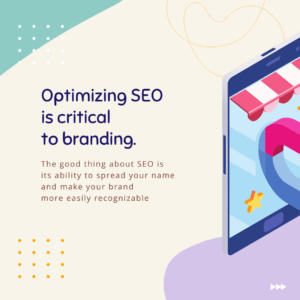Shopify has long been a leading platform for creating and managing online stores, but with the introduction of Shopify Hydrogen, it’s offering an even more powerful and flexible way to build custom storefronts. Shopify Hydrogen is designed to help developers create faster, more dynamic, and fully customized eCommerce experiences. In this blog, we’ll explore what Shopify Hydrogen is, its benefits, and how it can enhance your eCommerce business.
What is Shopify Hydrogen?
Shopify Hydrogen is a framework for building custom eCommerce storefronts using React. It’s specifically designed for developers who want more flexibility and control over the front-end experience of their Shopify store. Hydrogen allows developers to create fully customizable, dynamic storefronts that are optimized for performance and scalability.
Unlike traditional Shopify themes, which are somewhat restricted by Shopify’s templating system (Liquid), Hydrogen uses modern web development tools like React and JavaScript to build unique eCommerce experiences. This makes it ideal for businesses looking to stand out with custom design elements and advanced functionality.
Key Features of Shopify Hydrogen
- React-Based Framework: Hydrogen is built on React, a popular JavaScript library for building user interfaces. This allows developers to create highly interactive and dynamic eCommerce sites with ease.
- Pre-Built Components: Hydrogen comes with a library of pre-built components tailored for eCommerce, such as product galleries, shopping carts, and checkout flows. These components can be easily customized or extended to fit specific business needs.
- Server-Side Rendering (SSR): Hydrogen leverages server-side rendering, meaning pages are pre-rendered on the server and then delivered to the user’s browser. This approach improves performance and SEO, as search engines can easily crawl and index the site.
- Fast Load Times: Hydrogen is optimized for speed. It allows you to build performant sites with fast load times, which is essential for both SEO and user experience. Shopify Hydrogen ensures that your custom storefront remains lightning fast, even as you add more advanced features.
- Seamless Shopify Integration: Hydrogen is deeply integrated with the Shopify backend, allowing you to pull data like product information, collections, customer data, and orders directly from the Shopify platform. This makes it easy to create dynamic and data-driven storefronts.
- API and GraphQL: Hydrogen makes it simple to use Shopify’s Storefront API and GraphQL, giving developers access to powerful tools for fetching data and interacting with Shopify’s ecosystem. This allows for more efficient data retrieval and greater control over how information is displayed.
Why Use Shopify Hydrogen?
While Shopify’s traditional themes offer plenty of functionality, they are built on Liquid, a templating language that has limitations in terms of flexibility and customization. Shopify Hydrogen addresses these limitations by giving developers the freedom to create fully customized experiences using modern development tools.
Here are some reasons why Shopify Hydrogen might be the right choice for your eCommerce business:
1. Unparalleled Customization
With Shopify Hydrogen, you are not restricted by predefined themes or templates. Developers can design every aspect of the front-end experience, from product displays to checkout flows, ensuring your store looks and behaves exactly the way you want it to. This level of customization allows for truly unique user experiences, which can help set your brand apart from competitors.
2. Better Performance
Hydrogen’s use of React and server-side rendering means that sites built with this framework are optimized for performance. Faster load times and smoother interactions translate to a better user experience, which can lead to higher conversion rates and lower bounce rates. Improved performance also benefits your SEO efforts, as Google prioritizes fast-loading websites.
3. Greater Flexibility for Developers
Hydrogen allows developers to work with the tools they are already familiar with, such as React and JavaScript. This makes it easier to build more complex functionality and integrate third-party services. Developers can also leverage Shopify’s Storefront API and GraphQL to build dynamic and data-driven features, such as personalized shopping experiences or real-time inventory updates.
4. Improved SEO
Because Hydrogen uses server-side rendering, the content on your site is more easily indexed by search engines. This means that pages will load faster and be more accessible to crawlers, leading to better search rankings. SEO-friendly features such as pre-rendered content and fast-loading pages make Hydrogen a strong choice for businesses looking to improve their organic visibility.
5. Scalability
As your business grows, Hydrogen can scale with you. The framework is designed to handle large amounts of traffic and complex customizations without sacrificing performance. Whether you’re launching a new product line, expanding into new markets, or handling a surge in traffic during peak shopping seasons, Hydrogen’s robust architecture ensures your store remains fast and responsive.
How to Get Started with Shopify Hydrogen
Setting up a Shopify Hydrogen storefront requires a bit more technical expertise compared to traditional Shopify themes, as it’s a development-focused framework. Here’s a general outline of how to get started:
- Install Node.js and npm: Hydrogen is a JavaScript framework, so you’ll need to have Node.js and npm installed on your local machine to manage dependencies.
- Install Shopify CLI: Shopify provides a command-line interface (CLI) that allows you to create Hydrogen projects and manage Shopify apps. You can install it using the command
npm install -g @shopify/cli. - Create a New Hydrogen Project: Using the Shopify CLI, you can create a new Hydrogen project with the command
shopify create hydrogen. This will generate a starter template with all the necessary components and structure to begin building your custom storefront. - Connect Your Shopify Store: Hydrogen seamlessly integrates with your existing Shopify store by using the Storefront API. You’ll need to authenticate the project with your Shopify account and provide the necessary API keys.
- Start Building: Once your project is set up, you can start customizing your storefront using React components and the pre-built elements provided by Hydrogen. You can pull in product data, create custom checkout experiences, and optimize performance.
- Deploy Your Storefront: After development, you can deploy your Hydrogen storefront using Shopify’s Oxygen hosting service, or another hosting provider of your choice.
Conclusion
Shopify Hydrogen offers a cutting-edge solution for businesses that want more control over their eCommerce storefronts. By leveraging modern web development tools like React, server-side rendering, and GraphQL, Hydrogen enables developers to build fast, dynamic, and fully customizable shopping experiences. Whether you’re looking to enhance performance, improve SEO, or differentiate your brand through a unique design, Shopify Hydrogen provides the tools you need to succeed.
For businesses ready to take their online store to the next level, Shopify Hydrogen is a powerful option that unlocks new possibilities for customization, scalability, and performance. If you’re working with developers or have the technical know-how, Hydrogen can help you build a truly bespoke eCommerce experience that delights customers and drives growth.

